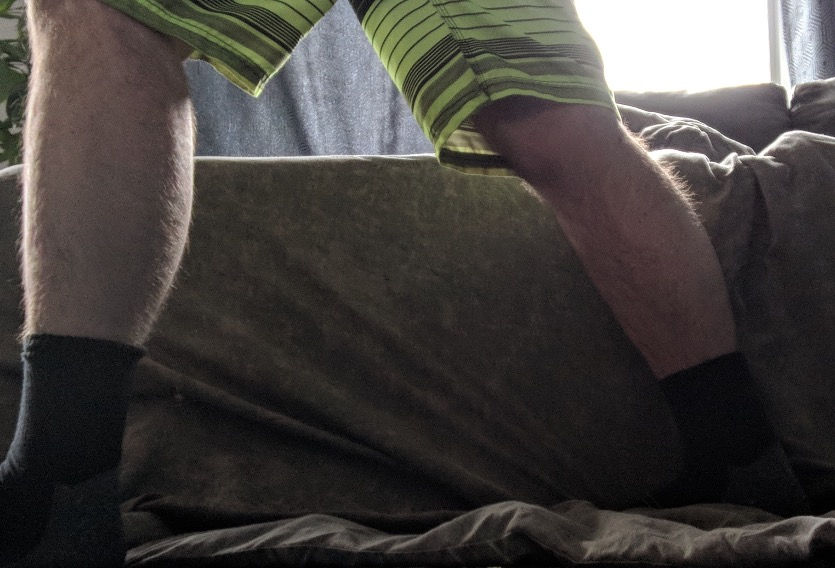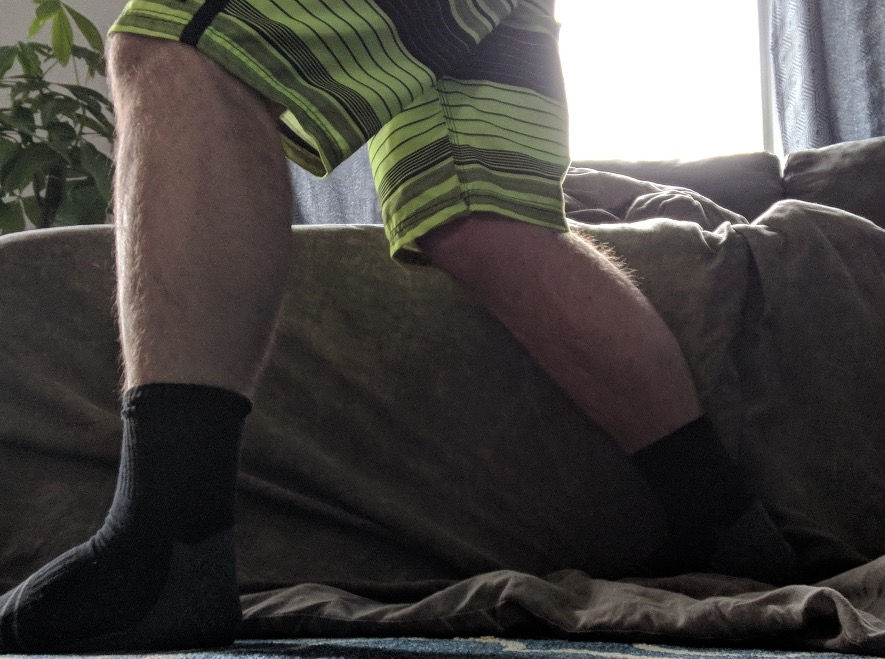Plantar Fasciitis And What You Can Do About It
- Chris Hall

- Jan 29, 2022
- 2 min read

Do you ever have pain in the bottom of your feet? Or do your feet get fatigued after a long day of standing on them? It is a very common complaint. Think about how long you have been standing on your feet today. Then reflect on how often you send that amount of time on your feet on a week to week basis. Don't get me wrong, standing and moving around it great for your body by keeping it active, but your feet are still soft tissues of your body that need a break too. After the force of your body pushing down on them all day they are bound to get worn out. Have you ever been told that you have plantar fasciitis? It can be a bit confusing so what perfect time to write about it!
What is Plantar Fasciitis?

It gets it's name from the connective tissue on the bottom of the foot, called the plantar fascia. The suffix -itis refers to inflammation. Overtime this inflammation can cause stress on the connective tissue, making it tighten and possibly tear. The body's natural reflex is to compensate and protect itself, so the muscles of the lower leg become tense from the added work. Other causes could include improper arch support, prolonged or sudden physical activity (running/jogging), weak or tight muscles of the foot and ankle and sudden weight gain.
Massage therapy can be a very useful intervention if you are suffering from foot pain or plantar fasciitis. Treatment is focused on the lower leg for the compensating structures. Trigger points in the muscles are released to allow for freer movement of the calf. Releasing connective tissue adhesions and draining the swelling in the plantar fascia. After the treatment, we may use a cold application to reduce any irritation caused by the massage.
As always, home care is very important:

Stretching the calf muscles: Standing, bring the affected leg back and keep your knee straight to stretch the gastrocnemius. After you have held the position for 30 seconds, bend the knee slightly to stretch the deeper muscle of the calf, the soleus.


Isometric ankle exercises: Have a towel on the floor and place your heel on the base. By curling your foot and brining the towel to the heel. This will build more strength and stability in the foot.

Use Ice: a cold application will help reduce inflammation in the plantar fascia. You can wrap an ice pack in a towel and place it on the bottom of your foot. Another alternative would be to have a water bottle in your freezer and roll your foot over top.
Referrals: Sometimes your condition may be beyond a massage therapist's scope of practice, so a referral may be indicated. It could be to get orthotics for proper support, another health practitioner to get more stable in the foot or ankle. Or even to a surgeon to help relieve the pressure or correct tears.
I hope this article has been helpful for you! Thank you for taking the time to read this post and I hope you have a great day!
References:
Deep Tissue Massage Helps Plantar Fasciitis. (2014, May 01). Retrieved on May 19 2018 from http://www.massagetoday.com/mpacms/mt/article.php?id=14909
Plantar Fasciitis (Heel Spur Syndrome). (n.d.). Retrieved on May 19 2018 from https://www.footsmart.com/health-resource-center/foot/plantar-fasciitis?gclid=Cj0KCQjwlv_XBRDrARIsAH-iRJSJpsB6mdUgE6pxJDTCwtzOuiL1IFpbGLPfJI2WKYwbV6rL7ACjrn8aAgnAEALw_wcB




Comments